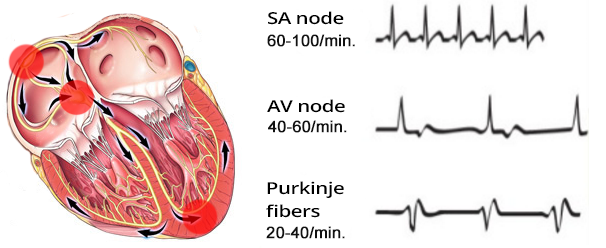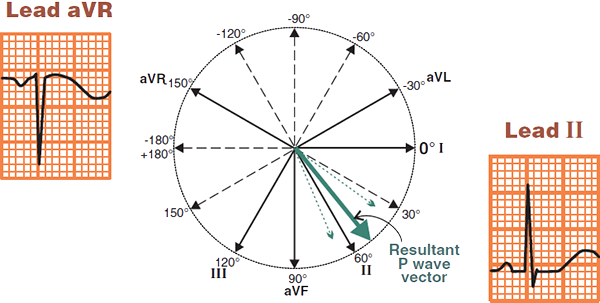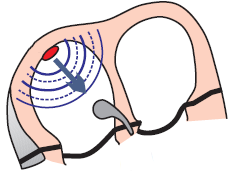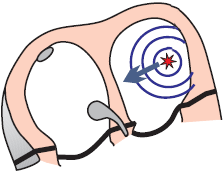
|
ECGbook.com Making Medical Education Free for All |
Upload ECG for Interpretation |

|
ECGbook.com Making Medical Education Free for All |
Upload ECG for Interpretation |


Basic Heart Rhythms

P Wave and Limb Leads


Sinus Rhythm

Sinus Tachycardia

Sinus Bradycardia

Sinus Respiratory Arrhythmia


Sinus Rhythm


Sinus Rhythm


Sinus Rhythm


Sinus Respiratory Arrhythmia


Focal Atrial Tachycardia


Atrial Fibrillation
Sources
Sinoatrial Node
|

|

Basic Heart Rhythms

P Wave and Limb Leads
ECG and Sinus Rhythm
|

|

Sinus Rhythm

Sinus Tachycardia

Sinus Bradycardia

Sinus Respiratory Arrhythmia

|
Sinus Rhythm
|

|

|
Sinus Rhythm
|

|

|
Sinus Rhythm
|

|

|
Sinus Respiratory Arrhythmia
|

|

|
Focal Atrial Tachycardia
|

|

|
Atrial Fibrillation
|

|
Sources